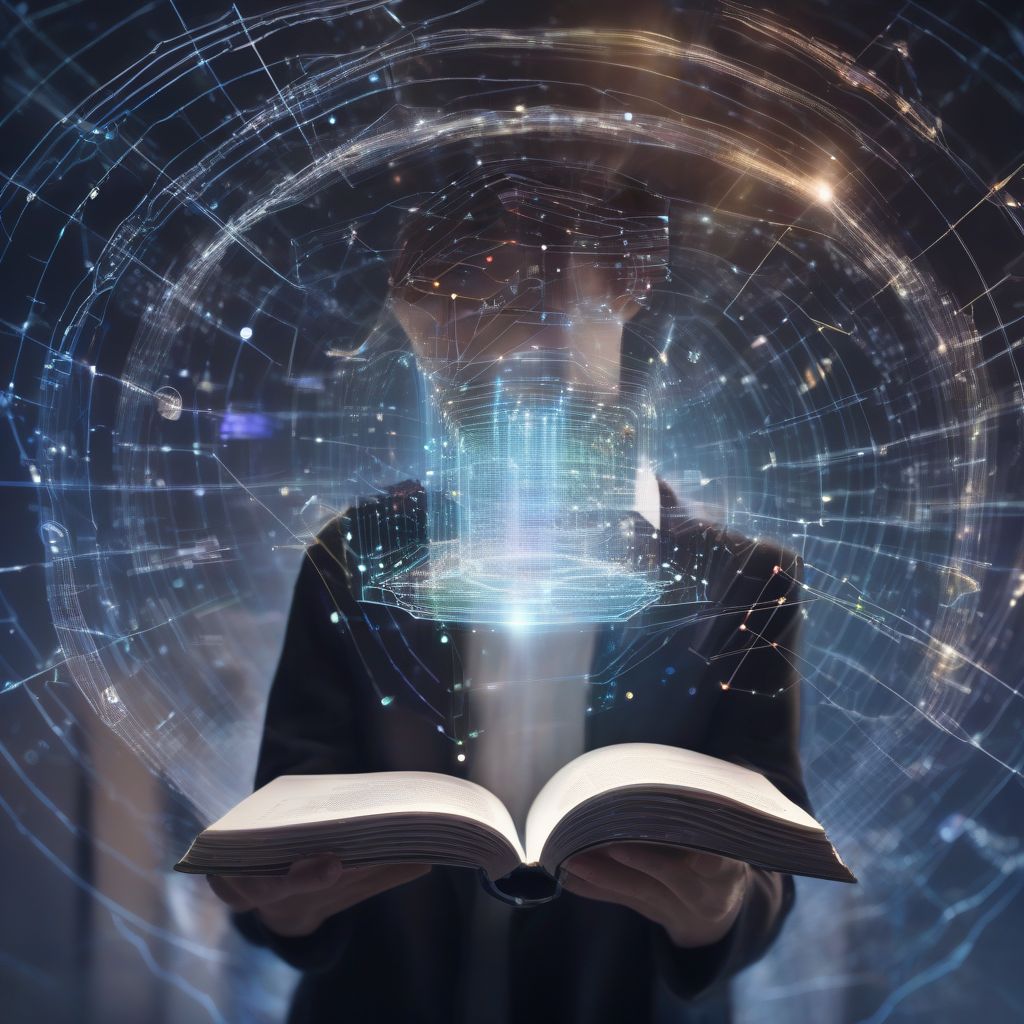Imagine holding a book, not just a physical copy, but a gateway to a universe of interconnected texts, annotations, and critical perspectives, all accessible at your fingertips. This is the promise of the digital age for literary analysis, a future where technology empowers us to delve deeper into the nuances of language, meaning, and context than ever before. But what exactly does this future hold, and how will it reshape the way we engage with literature?
A New Era of Accessibility and Interconnectivity
The digital revolution has democratized access to literature in unprecedented ways. Online libraries, digitized archives, and readily available e-books have broken down geographical barriers and made a vast wealth of literary works accessible to anyone with an internet connection. This increased accessibility has fostered a global community of readers and scholars, enabling collaborative analysis and the sharing of diverse perspectives. Think of platforms like Project Gutenberg, offering thousands of free ebooks, or JSTOR, providing access to a vast archive of academic journals. These resources are changing the game, allowing for a more inclusive and interconnected approach to literary study. As Dr. Anya Petrova, a leading digital humanities scholar, puts it, “The digital age has not just broadened access to texts; it has broadened access to interpretations, creating a richer and more dynamic field of literary study.”
Expanding the Canon
The digital age also challenges traditional notions of the literary canon. Marginalized voices, previously excluded from mainstream literary discourse, are finding new platforms and audiences. Digital archives are recovering forgotten works by women, people of color, and LGBTQ+ authors, enriching our understanding of literary history and expanding the scope of critical analysis. “We are finally able to hear the voices that have been silenced for too long,” says acclaimed author and critic, James Miller. This shift is crucial, not just for correcting historical imbalances, but for fostering a more nuanced and representative understanding of literature as a whole.
The Rise of Digital Tools and Techniques
Beyond increased access, the digital age has brought with it a powerful toolkit for literary analysis. Text analysis software, data mining techniques, and network mapping tools allow scholars to explore patterns, themes, and linguistic features in ways that were previously impossible. For instance, researchers can now track the evolution of language over time, identify recurring motifs across different works, and visualize the relationships between characters and concepts within a narrative.
From Close Reading to Distant Reading
These digital tools are facilitating a shift from traditional close reading to what Franco Moretti calls “distant reading.” While close reading emphasizes meticulous analysis of individual texts, distant reading leverages computational methods to analyze large corpora of literary works, uncovering broader trends and patterns that might be missed through traditional methods. This isn’t to say that close reading is obsolete, but rather that digital tools offer complementary approaches, enabling a more holistic and multifaceted understanding of literature.
The Challenges and Opportunities of the Digital Age
While the digital age presents immense opportunities for literary analysis, it also poses certain challenges. The sheer volume of information available online can be overwhelming, and the lack of quality control in some digital resources necessitates careful evaluation and critical thinking. Furthermore, issues of copyright, access, and digital preservation require ongoing attention.
Preserving the Human Element
It’s crucial to remember that technology is a tool, not a replacement for human interpretation. While digital tools can enhance our understanding of literature, they cannot replace the critical thinking, creativity, and nuanced interpretation that are essential to literary analysis. The future of literary analysis lies in finding a balance between leveraging the power of technology and preserving the essential human element of literary engagement.
 The Future of Literary Analysis in the Digital Age
The Future of Literary Analysis in the Digital Age
Interactive Learning and the Future of Literary Education
The digital age is also transforming the way literature is taught and learned. Interactive reading platforms, online discussion forums, and digital storytelling tools are creating more engaging and dynamic learning experiences. Students can now annotate texts collaboratively, explore different interpretations, and even create their own digital narratives, fostering a deeper understanding and appreciation of literature. “Digital platforms are not just changing how we study literature; they are changing how we experience it,” explains Professor David Lee, a pioneer in digital pedagogy.
Fostering Critical Thinking in a Digital World
However, it’s crucial that digital literacy skills are integrated into literary education. Students need to be equipped with the critical thinking skills to evaluate online sources, navigate the complexities of digital information, and engage responsibly with online communities. The future of literary analysis depends on cultivating a generation of digitally literate readers and scholars who can harness the power of technology while remaining mindful of its limitations.
Conclusion
The future of literary analysis in the digital age is one of immense potential. Increased access to texts, powerful digital tools, and innovative learning platforms are transforming the way we engage with literature, opening up new avenues for exploration and understanding. However, this future also requires careful consideration of the challenges posed by the digital landscape, from information overload to the ethical implications of new technologies. By embracing the opportunities while addressing the challenges, we can ensure that the digital age enriches and expands the field of literary analysis, fostering a deeper appreciation for the power of language, story, and human expression. What are your thoughts on the evolving relationship between technology and literature? Share your perspectives in the comments below, and let’s continue the conversation. You might also be interested in exploring our related articles on The Future of Interactive and Digital Reading Guides and The Future of Author Studies in Literary Scholarship.



